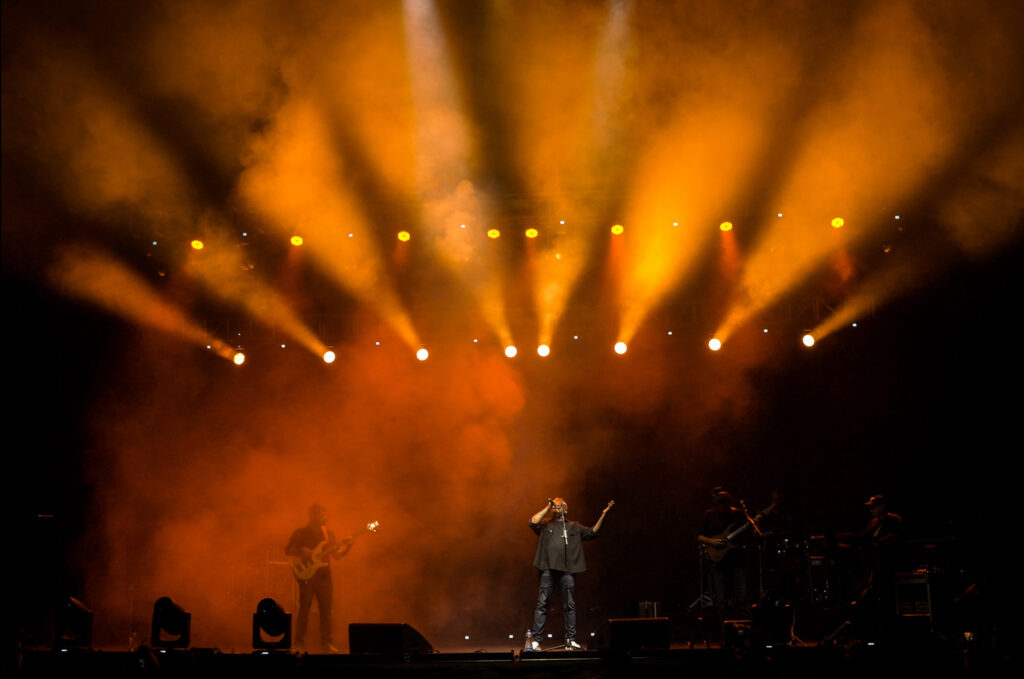Relevance of Art & Artists in the Digital Era

In the digital era, art and artists play a crucial role in shaping culture, communication, and technology. With the advent of digital tools and platforms, art has transcended traditional boundaries, allowing artists to create, share, and collaborate on a global scale. Digital mediums have not only expanded the reach of art but have also democratized access, enabling creators from diverse backgrounds to showcase their work without the constraints of physical galleries or traditional gatekeepers. This has led to the rise of new artistic movements, blending classical techniques with digital innovations to redefine artistic expression.
Artists in the digital age are no longer limited to traditional canvases; they engage with mediums such as digital painting, animation, 3D modeling, virtual reality (VR), and artificial intelligence (AI)-generated art. These technological advancements have expanded the scope of creativity, allowing artists to push the boundaries of imagination and storytelling. The integration of art with interactive and immersive experiences, such as video games, augmented reality (AR), and digital installations, has created new forms of engagement that captivate audiences in unprecedented ways. As a result, art has become an essential component of digital entertainment, advertising, and even social activism.
Moreover, the digital era has transformed how artists sustain their craft. Platforms like social media, NFTs, and online marketplaces have empowered artists to monetize their work independently, bypassing traditional intermediaries. This shift has given rise to new economic models for artists, enabling them to connect directly with their audience, build communities, and generate income through digital commissions, prints, and exclusive content. However, this era also presents challenges, including issues of digital piracy, oversaturation of content, and the struggle for visibility in an increasingly crowded online space.
Despite these challenges, the relevance of art and artists in the digital age remains undeniable. Art continues to serve as a powerful medium for expression, social commentary, and emotional connection in an increasingly technology-driven world. As artificial intelligence and automation reshape industries, the human touch in art becomes even more valuable, offering perspectives, emotions, and creativity that machines cannot replicate. In this evolving landscape, artists play a vital role in bridging the gap between technology and humanity, ensuring that creativity remains at the heart of the digital revolution
The Evolution of Indian Classical Dance: From Tradition to Innovation
Indian classical dance forms like Bharatanatyam, Kathak, and Odissi have stood the test of time while embracing modern influences
The Evolution of Indian Classical Dance: From Tradition to Innovation
Indian classical dance forms like Bharatanatyam, Kathak, and Odissi have stood the test of time while embracing modern influences
The Evolution of Indian Classical Dance: From Tradition to Innovation
Indian classical dance forms like Bharatanatyam, Kathak, and Odissi have stood the test of time while embracing modern influences
The Evolution of Indian Classical Dance: From Tradition to Innovation
Indian classical dance forms like Bharatanatyam, Kathak, and Odissi have stood the test of time while embracing modern influences
The Evolution of Indian Classical Dance: From Tradition to Innovation
Indian classical dance forms like Bharatanatyam, Kathak, and Odissi have stood the test of time while embracing modern influences
The Evolution of Indian Classical Dance: From Tradition to Innovation
Indian classical dance forms like Bharatanatyam, Kathak, and Odissi have stood the test of time while embracing modern influences

